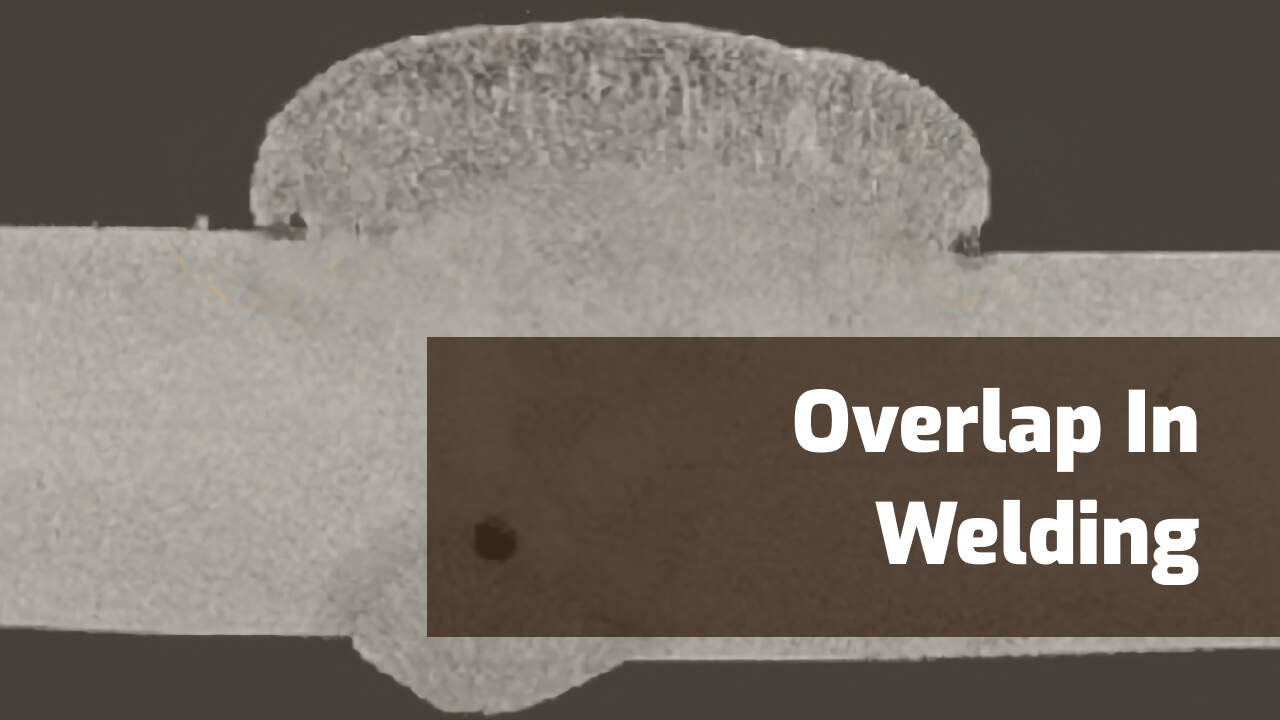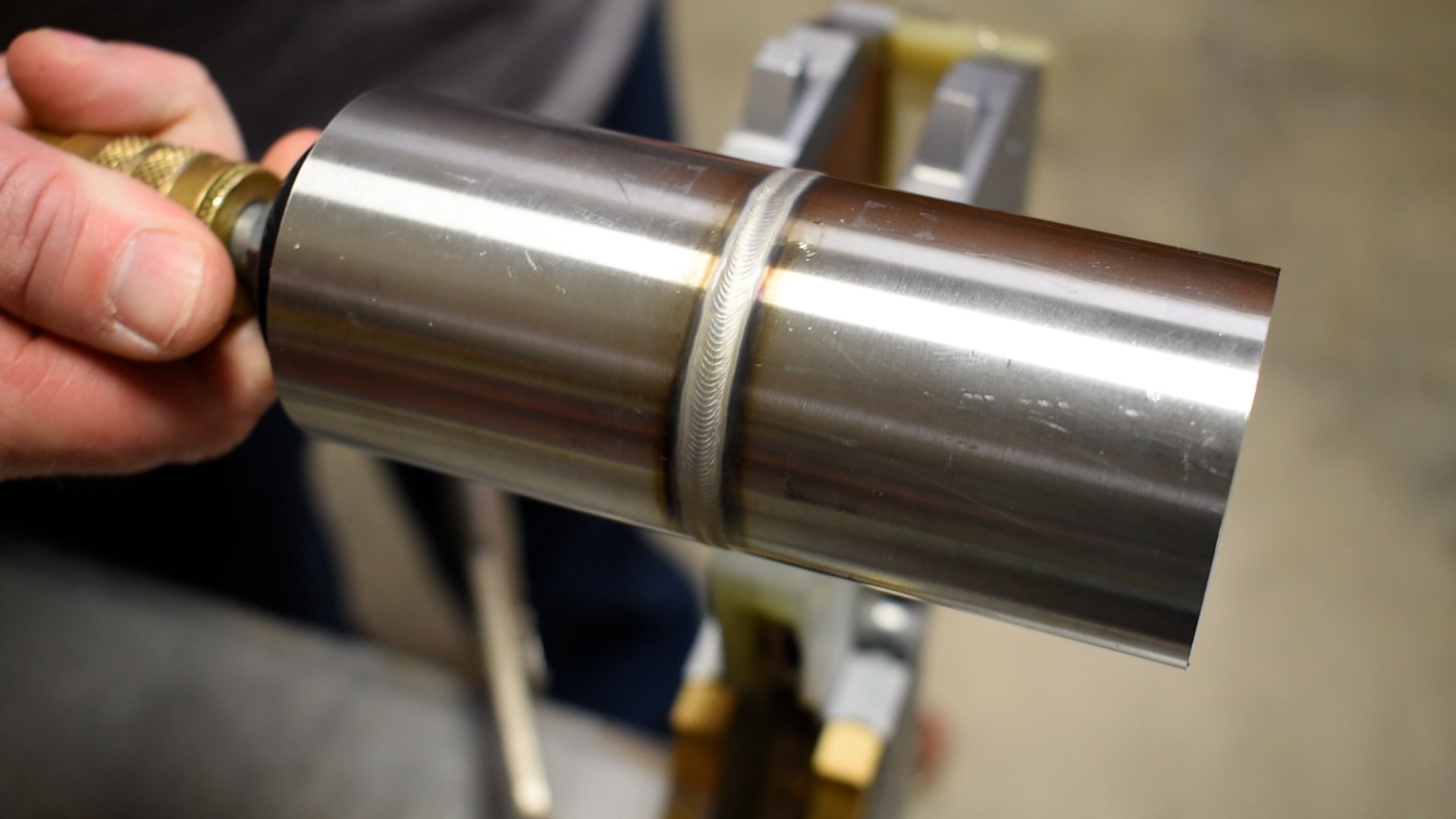Preventing Weld Undercut Demystified: Methods for Success
Preventing Weld Undercut Demystified: Methods for Success
Blog Article
Important Tips for Welders: Protecting Against Undercut Welding and Ensuring Stronger Weld Joints
In the realm of welding, accomplishing sturdy and solid weld joints is the cornerstone of creating top notch work. One usual obstacle that welders typically experience is undercut welding, which can endanger the stability of the weld joint.

Comprehending Undercut Welding
Undercut welding is an usual welding problem that occurs when the weld steel falls short to correctly fill the groove and leads to a groove-like anxiety along the weld grain. This flaw deteriorates the weld joint, making it at risk to fracturing and failure under stress. Damaging can be brought on by numerous aspects, consisting of extreme welding current, high welding speed, inappropriate electrode angle, wrong electrode size, and inadequate welding method.
One of the major reasons for undercut welding is an inequality in between the welding current and the welding speed. If the welding current is expensive or the welding speed is too quick, the weld steel may not appropriately fill the groove, resulting in damaging. In addition, making use of an electrode that is too big can result in a similar result, as the excess metal can not properly stream into the groove.
To avoid undercut welding, welders ought to guarantee they are using the proper welding criteria, maintain an appropriate electrode angle, choose the suitable electrode size, and practice appropriate welding methods. By dealing with these factors, welders can reduce the danger of damaging and produce more powerful, much more reputable weld joints.
Correct Welding Method
Effective welding method plays an important duty in making sure the high quality and stability of weld joints. One essential aspect of appropriate welding method is preserving the right angle and distance between the welding weapon and the workpiece.
In addition, a steady and regular hand activity is essential for developing strong and sturdy weld joints. Welders must aim for smooth, consistent activities to ensure even circulation of the weld product. Correct manipulation of the welding gun and filler material is also key to accomplishing optimum penetration and combination.
Additionally, controlling the warmth input and choosing the ideal welding parameters based upon the material being bonded are critical consider attaining premium welds - Preventing weld undercut. Welders ought to follow the suggested settings offered by welding treatment specs and readjust them as needed based upon the specific requirements of the project. By mastering proper welding techniques, welders can significantly enhance the stamina and reliability of their weld joints
Selecting the Right Electrode
When considering the relevance of selecting the best electrode in welding applications,Keeping the proper angle and distance in between the welding weapon and the workpiece is fundamental. The option of electrode plays an important function in figuring out the high quality and strength of the weld joint. Electrodes come in different types, each designed for details functions and products.
First of all, choosing the proper electrode size is important. Thinner electrodes are ideal for welding thin products, while thicker electrodes are much better for thicker materials and greater warmth applications. Matching the electrode diameter to the density of the work surface aids achieve a well balanced weld.
Second of all, recognizing the material make-up of the electrode is vital. Various electrodes are developed for welding specific products like steel, you could try these out stainless-steel, light weight aluminum, or cast iron. Making use of the proper electrode product ensures good fusion and minimizes the danger of problems in the weld.
Lastly, thinking about the welding position and method is important when picking the electrode type. For instance, certain electrodes are better fit for overhanging or vertical welding settings, while others work recommended you read well for flat or horizontal placements. Picking the ideal electrode based upon the welding method boosts the overall weld high quality and integrity.
Preparing the Base Metal
To make certain an effective welding procedure, what initial steps should be taken when preparing the base steel for welding? Furthermore, any existing weld material or deposit from previous welding must be removed to ensure a clean surface for the brand-new weld.

Performing Post-Weld Examinations

After conducting these assessments, welders must contrast the outcomes against industry requirements and project requirements to guarantee that the weld joint satisfies all required criteria. Any kind of insufficiencies or discrepancies discovered during the visit here post-weld evaluation should be promptly addressed through ideal rehabilitative procedures to ensure the weld's honesty. By diligently performing post-weld evaluations and immediately attending to any concerns, welders can promote the high quality and integrity of their job, inevitably contributing to the safety and longevity of the bonded structures.
Final Thought

In conclusion, preventing undercut welding and making sure more powerful weld joints need a mix of correct welding strategy, selecting the ideal electrode, preparing the base metal correctly, and performing post-weld evaluations. By understanding the reasons for undercut welding and implementing the needed precautions, welders can generate top notch weld joints that meet sector standards and make sure the architectural honesty of the welded parts.
Undercut welding is a common welding issue that occurs when the weld metal fails to appropriately fill the groove and results in a groove-like anxiety along the weld grain (Preventing weld undercut). Damaging can be created by various elements, including excessive welding current, high welding rate, improper electrode angle, incorrect electrode dimension, and bad welding strategy
One of the primary factors for undercut welding is an imbalance in between the welding present and the welding speed. If the welding current is also high or the welding speed is also quick, the weld metal may not adequately fill up the groove, leading to undercutting.Preserving the correct angle and distance in between the welding gun and the workpiece is fundamental when taking into consideration the importance of selecting the best electrode in welding applications.
Report this page